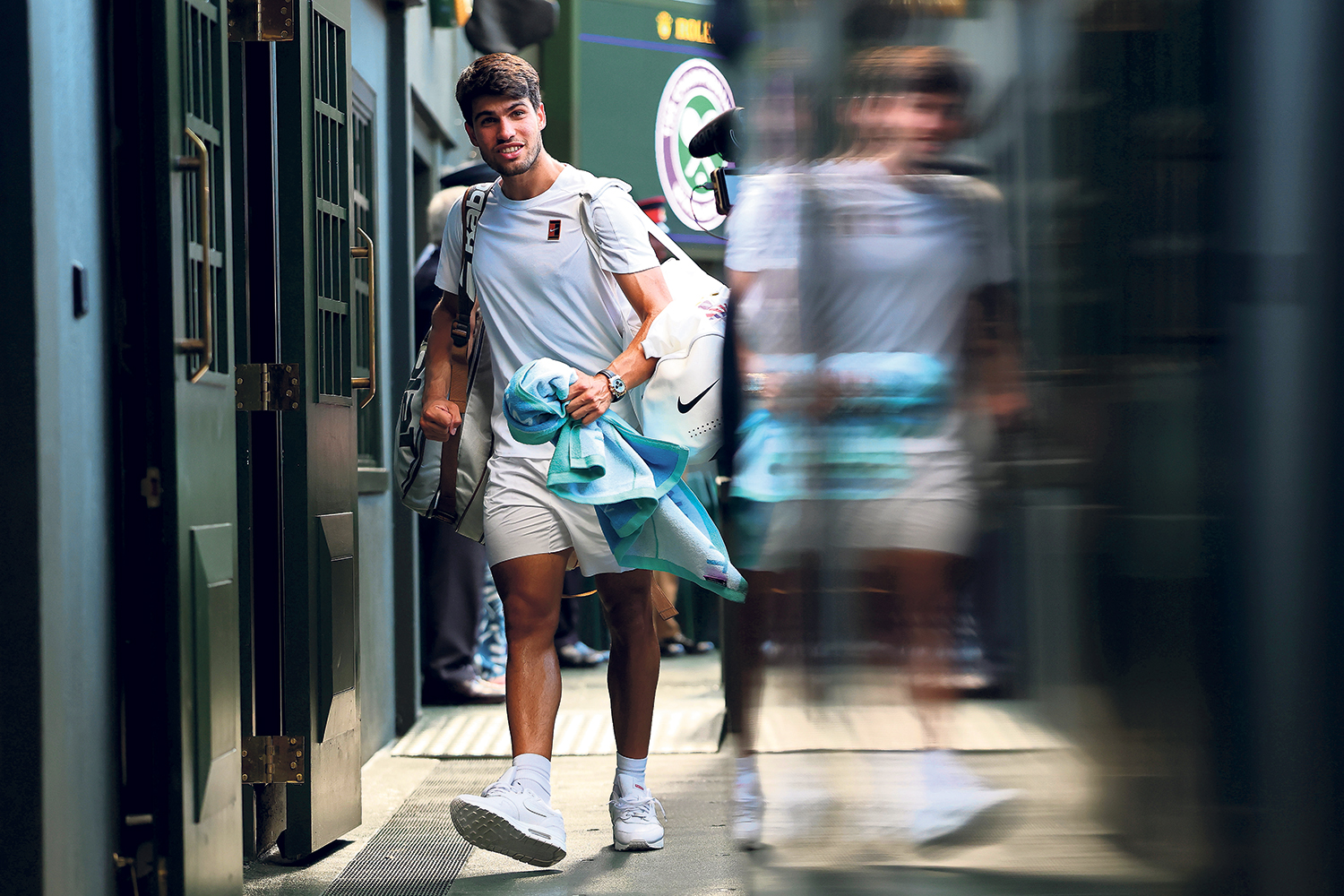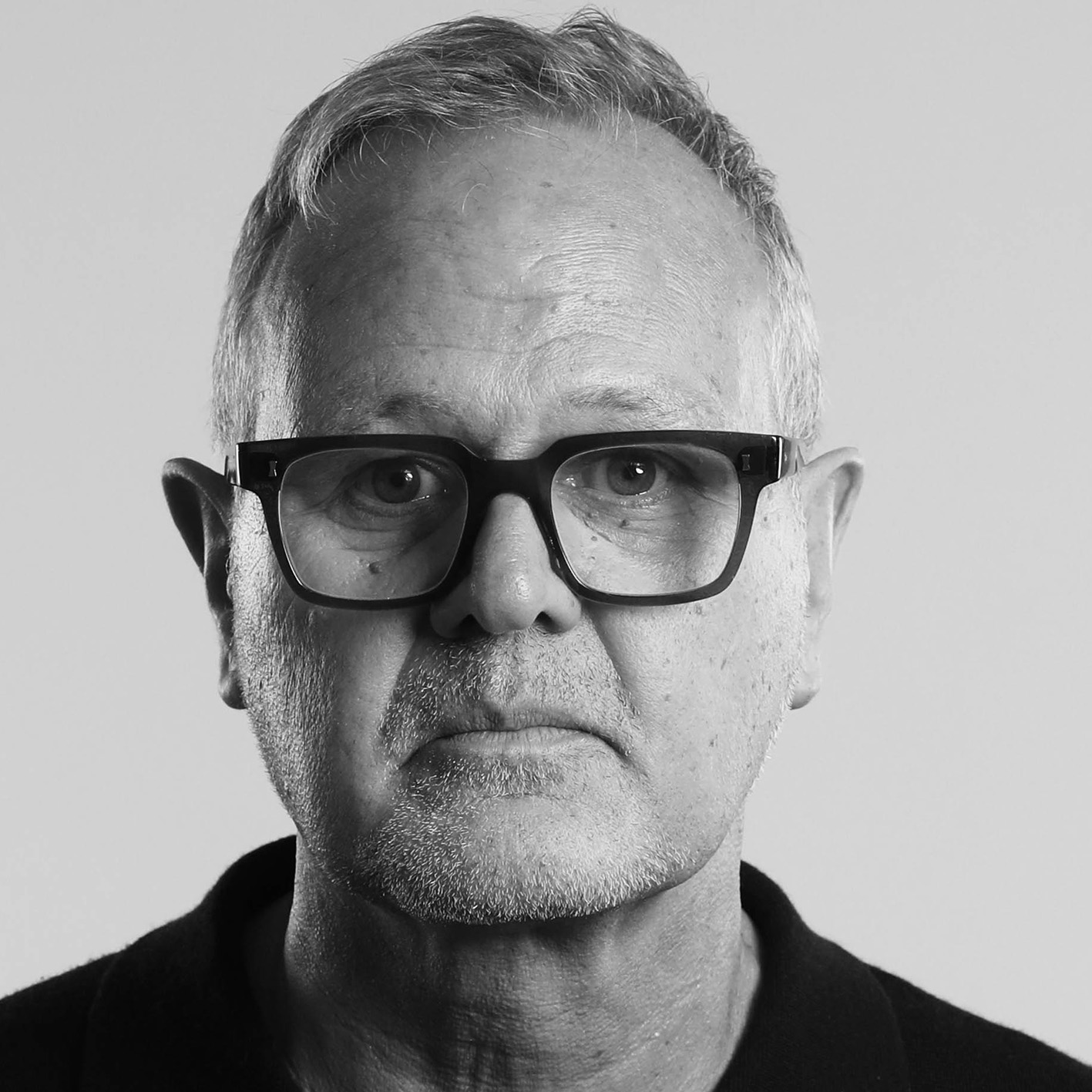Some big rematches require years to make. This one took 35 days. The opera of tennis between Carlos Alcaraz and Jannik Sinner on red clay in the French Open final has transferred eagerly to the turf of Wimbledon. Repeat, or revenge, as they ask in boxing?
On to the worn grass will stride the tall, almost gangly Sinner, with a face older than his years, and a gunslinger’s gait. Across the net will prowl the shorter, more gymnastic Alcaraz, with his default happy setting and strategist’s brain. To watch them win their semi-finals with such authority was to feel Wimbledon’s pulse surging.
A product of Spanish sport’s capacity to marry prowess and power, Alcaraz has resilience too, which is how his Paris comeback came about, and why Centre Court is blessed to see a resumption of that duel.
The Wimbledon champion calls the Roland Garros marathon he won in five sets “the best match that I have ever played”, but adds, “so far,” which is intriguing for spectators and ominous for Sinner, who was suspended for three months in February for a positive drug test but has entertained his way out of that shadow. (Sinner’s ban, legally correct, is being argued over even by anti-doping campaigners as a test case of intentional v unintentional use).
The paying public appears too thrilled by watching him play to dwell on the nuances of his ban or the shortness of his sentence. But even the most expensive lawyer can’t help him circumvent Alcaraz’s talent. Hell hath no opponent more daunting than the adversary without a weakness. A flawless champion is how Alcaraz is framed. Winner of the last two Wimbledon men’s finals, he plans to ruin Sinner’s final debut. A good judge of the Italian’s task is Taylor Fritz, Alcaraz’s semi-final victim. Fritz said that in a final he would be “a little more uncomfortable to play Carlos just because of the unpredictability of what he’s going to do.
“Third set, fourth set, he randomly would be hitting 122mph, 123mph second serves. At the same time, hitting 85mph short kickers. When someone is serving that much variety on a second serve, it’s really tough to get on it and be aggressive. He can always change it up to match, I guess, what you’re doing.
“Pressure points, big points, he’s making serve and volley, little touch volleys, like he’s never going to miss.”
In his new biography of Rafael Nadal, The Warrior, the tennis writer Christopher Clarey says: “Alcaraz is part tennis player and part gymnast: phenomenally elastic and acrobatic. He has every shot in the book.”
Inside Centre Court a tradition-bound ritual will identify the 2025 “gentlemen’s singles” champion – a distillation of the idealised English summer. But this year’s final launches men’s tennis out of SW19 to all five continents with an appeal the game assumed it had lost when Roger Federer, Nadal and Andy Murray retired, leaving Novak Djokovic to be hammered by Sinner on Friday.
Even with injuries slowing him down, Djokovic could see the bright summer light he walked out to ebbing into career twilight. Later that evening he said: “I reach the semis of every slam this year, but I have to play Sinner or Alcaraz. These guys are fit, young, sharp… they’re definitely several levels above everyone right now.”
‘I hope to keep doing the right things for years to bring our rivalry to the same table as the big three’
Carlos Alcaraz
The sigh of the old champ gave way quickly to excitement about the rematch from Roland Garros. There, Alcaraz recovered from two sets down after saving three championship points. The struggle lasted 5hrs 29mins, a French Open final record. At the end Alcaraz lay spreadeagled on the clay like a man collapsing on a beach after nearly drowning at sea.
A truism of sport is that all-time greats need a rivalry to define them. Alcaraz and Sinner are becoming, to one another, Borg and McEnroe, or Coe and Ovett. But there are only two of them – a reason not to forget that Federer, Nadal and Djokovic were a trio, or a quartet, if Murray is included.
Between them those four won 69 Grand Slam titles. Alcaraz and Sinner have won eight. Yet no one contests the entertainment value of their rivalry. Superlatives are plentiful. Sometimes they tip into hyperbole.
In an interview with The Times, Nadal considered John McEnroe’s claim that Alcaraz is better than the big three at the same age. “McEnroe is on TV and has to generate interest in the sport,” Nadal said. “I’m fine with what he said. I respect him. Whether he is right or wrong, time will tell.”
For “time” read longevity. In his post-match briefing on Friday Sinner, 23, played down the idea that a second golden age has already consigned the first to sepia. “You cannot compare what the big three did,” Sinner said. “It’s not that big yet.”
Alcaraz, 22, is also too smart to commit regicide. “We are still really young,” he said after beating Fritz in his semi. “So I just hope to keep doing the right things for, I don’t know, five, 10 years, just to [bring] our rivalry to the same table as those players.”
Historical labelling can wait until the anticipation and the match have swept through the baked living rooms of Britain. It’s a final almost engineered to find the pleasure points of the finest sport, and work simultaneously on the heart, mind and imagination of anyone sensible enough not to miss it.
Photographs by Julian Finney and Henry Nicholls/Getty Images

